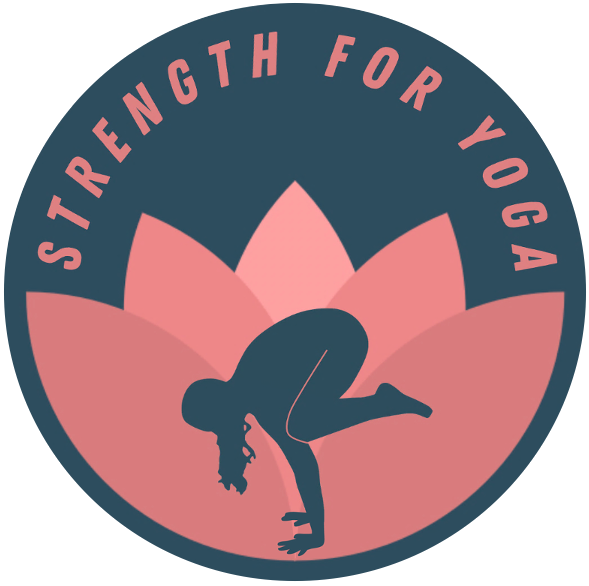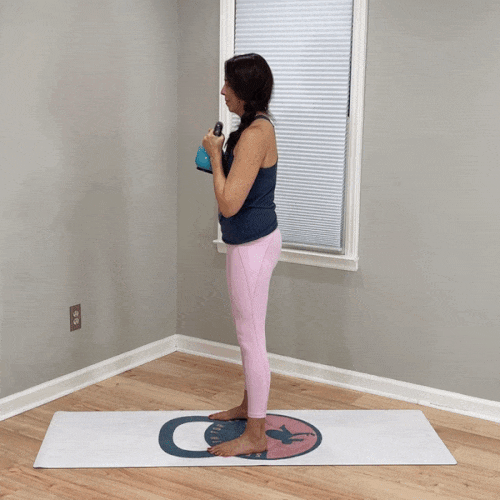One-sided or two-sided exercises: which is better?
When designing strength workouts, it's best to include a mix of bilateral and unilateral exercises.
Bilateral exercises are exercises performed on both sides of the body at the same time (e.g., squats and push-ups).
Unilateral exercises are exercises performed one side at a time (e.g., step-ups and single-arm rows).
Bilateral exercises are typically more stable than unilateral exercises, which involve more of a balance challenge.
Here's an example of a bilateral exercise and its unilateral counterpart: a squat (bilateral) and a split squat (unilateral):
Both types of exercises have their own unique benefits. So how do we decide which one to choose in our strength workout?
Here’s a quick breakdown of some of the factors at play in bilateral vs. unilateral exercises:
Difference in total weight
We can lift more total weight in a bilateral exercise than we can during a unilateral version of that same exercise. This is great for overall neuromuscular and skeletal health.
Consider the aforementioned example of a bilateral squat vs. a unilateral split squat.
In a squat, we use both legs, but in a split squat, we primarily use just one. Two legs combined are stronger than one leg by itself, so we’re inherently stronger in a squat than a split squat.
Bilateral exercises are also typically more stable than their unilateral counterpart, and we can produce more force in more stable positions.
This means that when we perform a squat, we can lift a heavier weight; in a split squat, the amount of weight we can lift will be lighter.
But! A single limb can work harder in a unilateral exercise
This is a bit of a mind bender, but just hear us out… We can produce more force per limb when we work each limb separately (i.e., unilateral exercise).
In other words, even though we can produce more total force in a squat (bilateral), each individual limb is working less than it would if it were working independently (unilateral).
In exercise science, this is known as the bilateral force deficit. 🤓 And it’s one great reason for including unilateral exercises in our strength programming!
With unilateral exercises, we can maximally stimulate each individual limb – even though we use less total weight.
How do we use this bilateral vs. unilateral information in practice?
✅ If our goal is to lift the most total weight, bilateral exercises help us achieve that goal.
✅ If our goal is to maximally stimulate a single limb, unilateral exercises are the way to go.
And as an added bonus, unilateral exercises also allow us to address differences in strength between sides.
If we’re training at home with limited access to heavy weights, unilateral exercises can also be helpful because we can use lighter loads and still stimulate strength adaptations!
In the big picture, we ideally want to be strong in all ways.
Therefore, including a mix of bilateral and unilateral exercises in an overall strength program is the best choice for general strength goals.
We always include a mix of bilateral and unilateral exercises in our Remote Group Training program!
What is Remote Group Training?
A one-of-a-kind, yoga-specific strength training program
Created by a yoga teacher (Jenni) and an Exercise Science professor (Travis)
Monthly full-body workouts designed to enhance and fill in the gaps in a traditional mat practice
Train at home or in the gym
2 or 3 day/week training schedule
Community connection, Q's answered, & form feedback via an exclusive RGT forum
Start your free 7-day trial in Remote Group Training today!
You Might Also Like…







